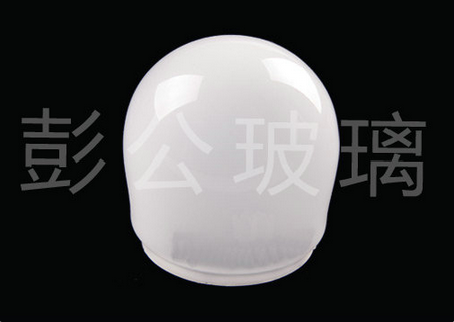LED是英文“Light Emitting Diode”(发光二极管)的缩写,是以半导体芯片为材料的固态光源,是一种可以将电能转化为光能并具有二极管特性的半导体发光二极管。它不依靠灯丝发热来发光,也不靠荧光粉来发光,而是通过电子和空穴的复合,将复合过程的能量以光的形式从LED中发射出来的冷光源。
LED is the abbreviation of English "Light Emitting Diode". It is a solid-state light source based on semiconductor chip. It is a semiconductor light-emitting diode that can convert electric energy into light energy and has diode characteristics. It does not depend on the heating of the filament or the luminescence of phosphors. It is the cold light source emitted from the LED in the form of light through the combination of electrons and holes.
目前LED主要有以下四大应用优先域:一是作为背光源和电源指示灯应用在家电、计算机、手机、电子产品和汽车、飞机空调、音响、仪表盘等诸多产品中。二是应用在交通信号灯市场。三是电子显示屏市场,近年来银行、证券公司、车站、机场、体育场馆、商场、医院以及各类公司等应用LED电子显示屏已经成为主流。四是照明市场,主要包括景观照明、路灯照明、隧道照明、工矿照明、车灯照明和普通的室内照明。除开下游的应用优先域,沿终端产品向上回溯,LED产业链分为衬底、外延片、芯片制造、封装与应用五大环节。中游芯片环节生产出的芯片输送到下游封装厂,封装成单颗LED产品以保护芯片。因此,对于下游应用端需求的LED颗数,芯片与封装环节作为供给端与下游的匹配程度形成了LED行业的供给机制。

At present, LED has four main applications: first, as backlight and power indicator, it is applied to many products, such as household appliances, computers, mobile phones, electronic products, automobiles, aircraft air conditioners, acoustics, dashboards, etc. Two is used in the traffic signal light market. The three is the electronic display market. In recent years, banks, securities companies, stations, airports, sports venues, shopping malls, hospitals, and all kinds of companies have been applied to LED electronic screens. The four is the lighting market, mainly including landscape lighting, street lighting, tunnel lighting, industrial and mining lighting, car lighting and ordinary indoor lighting. Apart from the downstream application field, the LED industry chain is divided into five aspects: substrate, epitaxial chip, chip manufacturing, packaging and application. The chips produced in the middle reaches of the chip are transported to the downstream packaging plant and packaged into single LED products to protect the chips. Therefore, the supply mechanism of the LED industry is formed by the number of LED in the downstream application end, and the matching degree of the chip and packaging link as the supply side and the downstream.
产业是具有相同生产技术或产品特性的企业集合。目前国内外尚未有对LED产业内涵的统一界定。根据LED技术的应用优先域和企业分布特点,结合产业的一般定义,可以将LED产业界定为以LED技术为基础,从事一种或多种LED技术及产品的研究、开发、生产、营销和技术服务的企业的集合。
Industry is a collection of enterprises with the same production technology or product characteristics. At present, there is no unified definition of the connotation of LED industry at home and abroad. According to the application field and the distribution characteristics of LED technology, combined with the general definition of industry, the LED industry can be defined as a collection of enterprises based on LED technology and engaged in research, development, production, marketing and technical services of one or more LED technologies.
全球相比,我国LED全彩显示屏发展历史较短,但是发展速度极快。自2003年以来,中国的LED产业快速发展,覆盖包括外延、芯片、封装、应用产品等上下游产业链。尤其在2008年奥运会、建国六十周年庆典及2010年世博会等重大场合,LED全彩显示屏的成功应用充分显示了产品优势和行业成熟度。2009年,我国LED全彩显示屏销售额接近65.65亿元人民币。从行业分布来看,目前全彩显示屏市场的客户主要集中在优质市场,以媒体广告、交通诱导、舞台表演、体育场馆、政府工程显示五个优先域为主。
Compared with the world, China's LED full color display screen has a short history, but its development speed is very fast. Since 2003, China's LED industry has developed rapidly, covering the upstream and downstream industrial chains, including epitaxy, chip, packaging, and application products. Especially in the 2008 Olympic Games, the 60th anniversary celebration of the founding of PRC and the important occasion of 2010 World Expo, the successful application of LED full-color display fully shows the advantages and maturity of the industry. In 2009, China's LED full color display panel sales were close to 6 billion 565 million yuan. From the perspective of industry distribution, the customers of the full-color display market are mainly concentrated in the high-end market, mainly in five areas, including media advertising, traffic guidance, stage performance, sports venues, and government engineering display.

